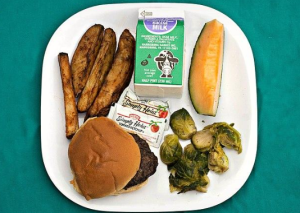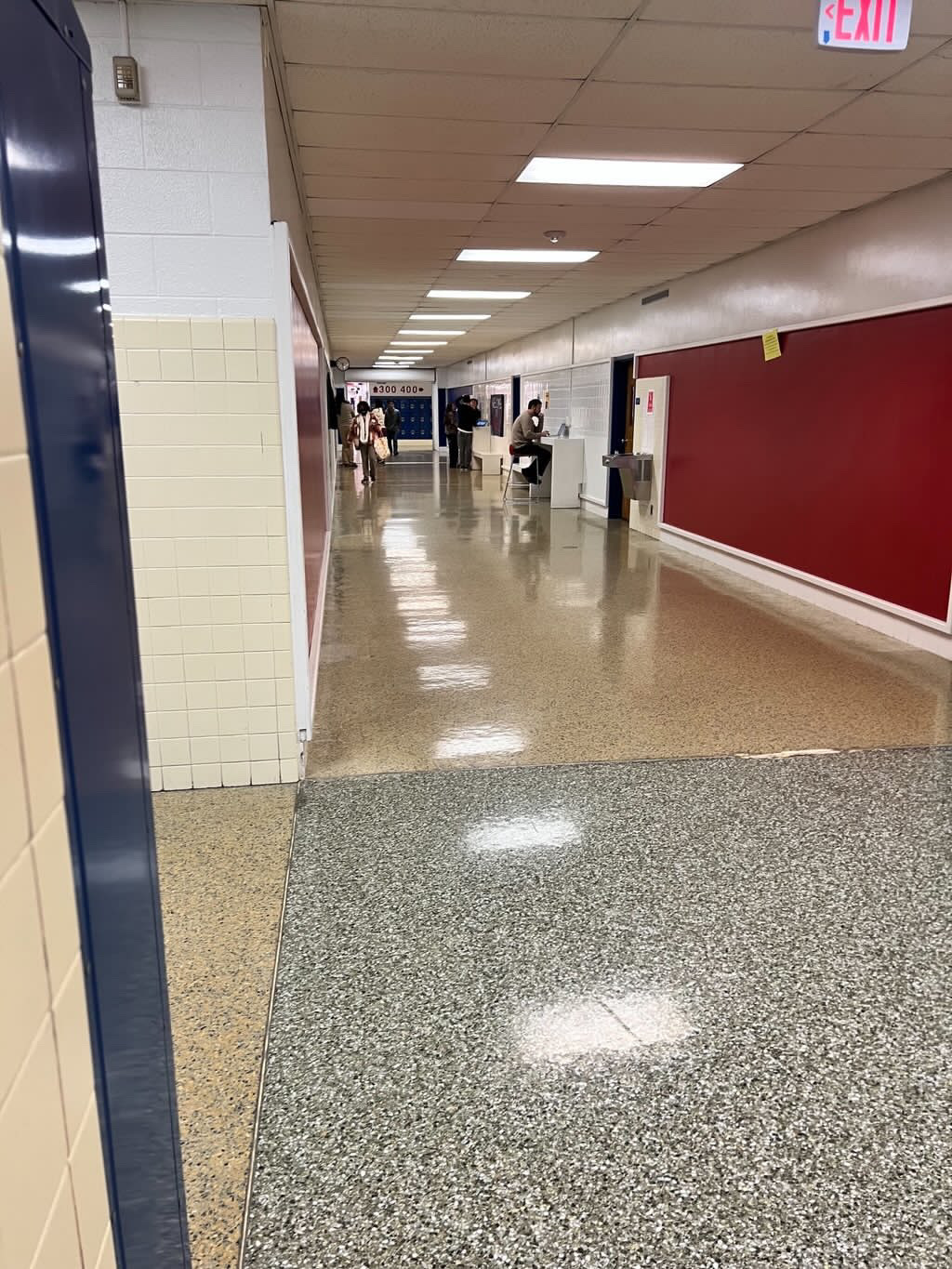Dual Enrollment Students Take on Year-Long Virtual Learning
October 9, 2020
On September 18, Glenn DuBois, chancellor of the Virginia Community College system, announced that the spring semester would proceed virtually. This news affected 23 community colleges including Tidewater Community College, which provides dual enrollment classes to Kempsville High School students on and off campus.
In his letter, DuBois assured students and staff that the decision was the best course of action, given the seriousness of the pandemic. He said, “We prioritize your safety, your family’s safety, and that of your community.”
Hallie Monaghan, a senior taking on-campus dual enrollment courses, shared her feelings on the news.
“I’m kind of sad. I was looking forward to being on campus and having face-to-face instruction,” said Monaghan.
The spring semester will likely mirror the ongoing fall semester. According to “The Daily Progress,” roughly 72% of fall courses occur online. Only classes that require face-to-face instruction have permission to bring students on campus.
While Monaghan understands the reasoning behind this choice, she still wishes there were some exceptions.
“I know that we have to be careful,” she said, “but I wish they’d open up for at least some classes… In our Biology class, we are supposed to be doing labs, but we can’t in virtual learning.”
Though virtual learning is not ideal, students have found some benefits. Many enjoy the online environment and the ability to work at their own pace.
“Virtual instruction gives me more time for things since I don’t have to commute,” said Monaghan.
Due to the increasing presence of online learning in college settings, many have to wonder how this affects the school system as a whole. High schools, middle schools, and elementary schools may follow this example and lean into the idea of virtual learning. However, with ninth graders set to return to in-person classes on October 8, it seems DuBois’s decision carried little impact on the matter.









